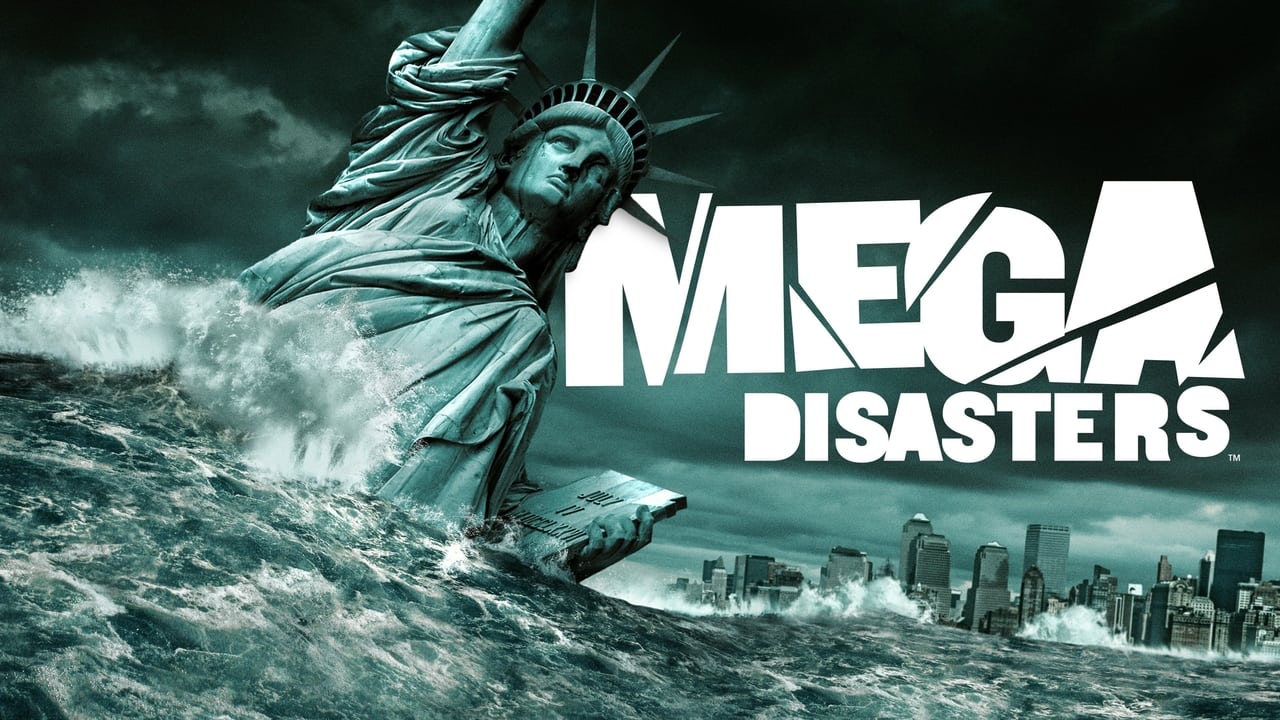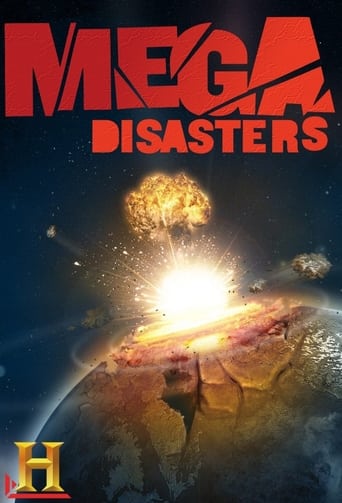Mega Disasters Season 1

Mega Disasters is an American documentary television series that originally aired from May 23, 2006 to July 2008 on The History Channel. Produced by Creative Differences, the program explores potential catastrophic threats to individual cities, countries, and the entire globe. The two "mega-disasters" of the 2004 Indian Ocean tsunami and Hurricane Katrina in 2005 inspired the series and provided a reference point for many of the episodes. Excepting only two shows devoted to man-made disasters, the threats explored can be divided into three general categories: meteorological, geological, and cosmic hazards.
Watch NowWith 30 Day Free Trial!
Mega Disasters
2006

Mega Disasters is an American documentary television series that originally aired from May 23, 2006 to July 2008 on The History Channel. Produced by Creative Differences, the program explores potential catastrophic threats to individual cities, countries, and the entire globe. The two "mega-disasters" of the 2004 Indian Ocean tsunami and Hurricane Katrina in 2005 inspired the series and provided a reference point for many of the episodes. Excepting only two shows devoted to man-made disasters, the threats explored can be divided into three general categories: meteorological, geological, and cosmic hazards.
Watch Trailer
Mega Disasters Season 1 Full Episode Guide
The Hurricane Katrina disaster is studied as a model to examine what might happen if Sacramento's levee system failed and a similar tragedy resulted.
The possible effects of extreme climate changes around the world in a short period of time are examined. Included: how drought altered the Mayan civilization.
Recalling the 1917 explosion of the ship Mont Blanc in Halifax Harbor, which left almost 2000 people dead and 6000 people homeless. Included: speculation about whether a similar disaster could occur in Boston Harbor.
This special-edition episode examines what happened in the 1906 San Francisco earthquake and its effect on San Francisco and looks at the destruction if it were to happen again today.
Cumbre Vieja, a volcano on the island of La Palma in the Canary Islands, off the northwestern coast of Africa, may potentially collapse in the future. If it does, a massive tsunami will be headed right for the East coast of the United States, threatening major cities like New York, Boston, Baltimore, and Miami.
The possibility of a tornado hitting downtown Chicago is the scenario. Included is an examination of the 1967 twister that hit the suburb of Oak Lawn.
Yellowstone National Park lies on top of a magma chamber that is 35-miles wide, waiting to erupt. (For further information, see Yellowstone Caldera.)
The New Madrid Fault could reawaken at any time and destroy St. Louis, Missouri and Memphis, Tennessee, like the New Madrid Earthquake of 1811-12.
An asteroid hitting the Earth off the coast of Los Angeles is the scenario. Included: the theory that an asteroid strike may have been responsible for the extinction of dinosaurs.
Mount Rainier is a ticking time bomb that could dwarf the 1980 eruption of Mount St. Helens, sending massive lahars and mudslides toward the Seattle-Tacoma metropolitan area.
A Category 3 hurricane hitting New York City is the scenario. Included: a history of hurricanes in the Northeast; and the origins of such storms.
How a major tornado would impact Dallas is examined by studying the effect of a twister that struck Oklahoma City on May 4, 1999, killing 43 people and causing $1 billion in damage.
The United States faces a potential tsunami threat that mirrors the catastrophic Indonesia tsunami of 2004. Just west of the Oregon coast lies the Cascadia subduction zone where the Juan de Fuca Plate is moving under the North American Plate. A major earthquake here could displace enough water to cause a massive wave to impact along the west coast.
Free Trial Channels
Seasons
























